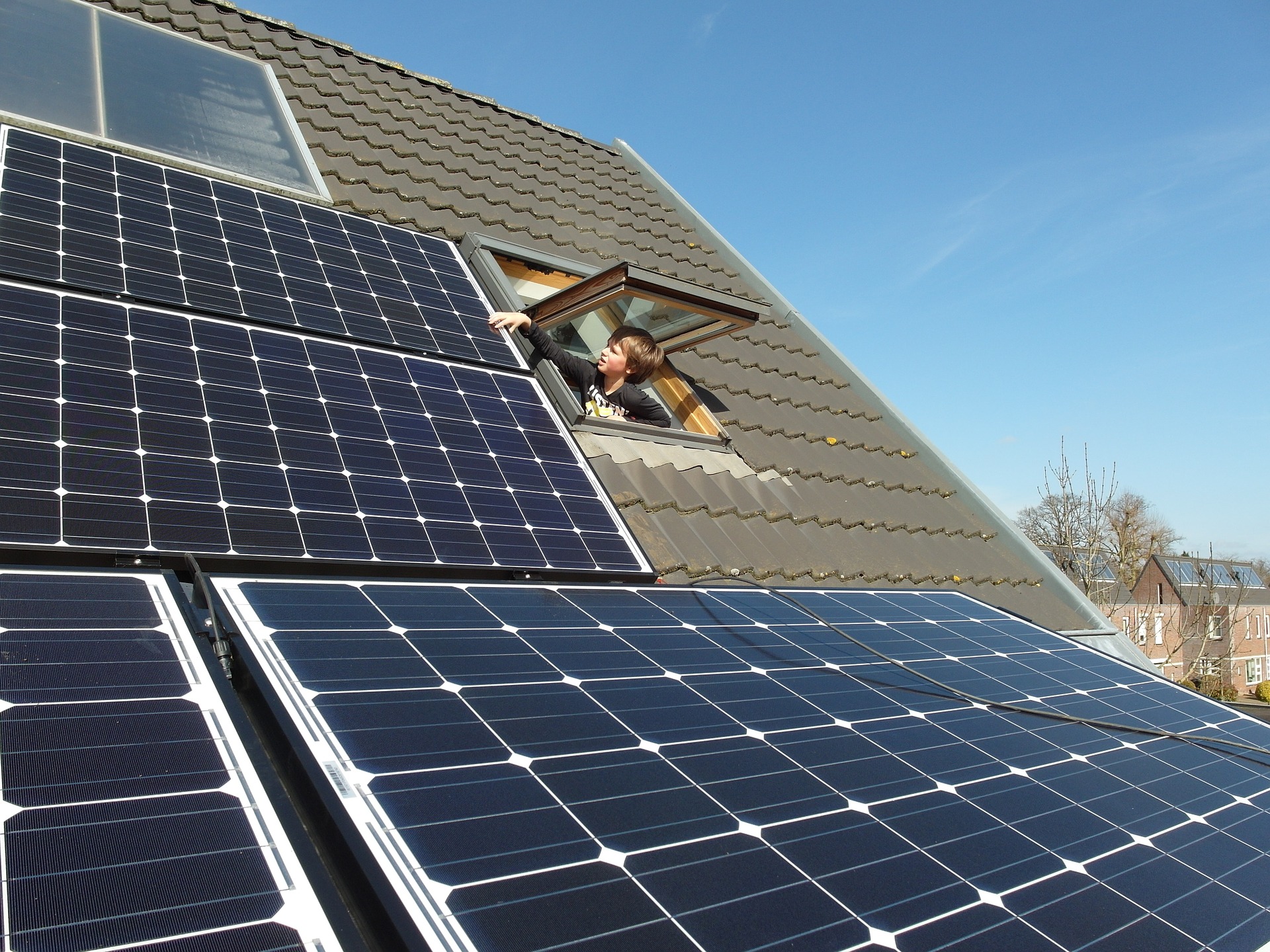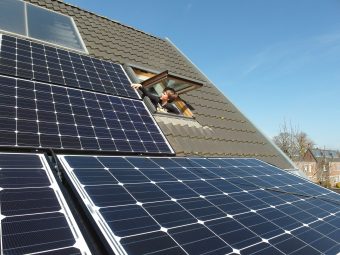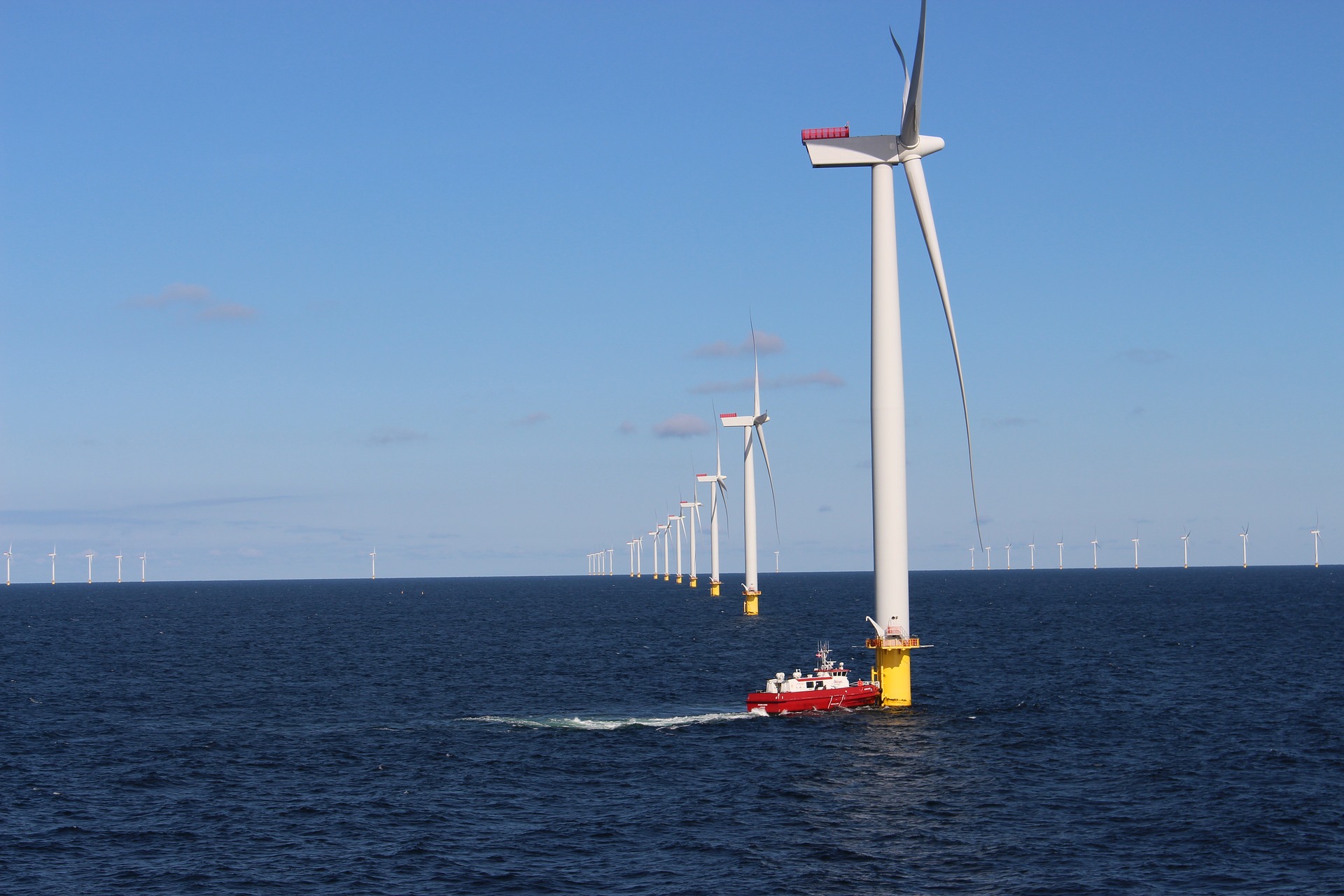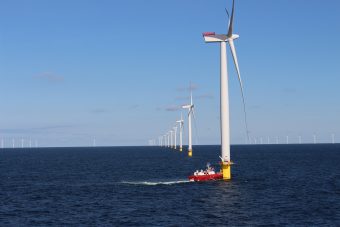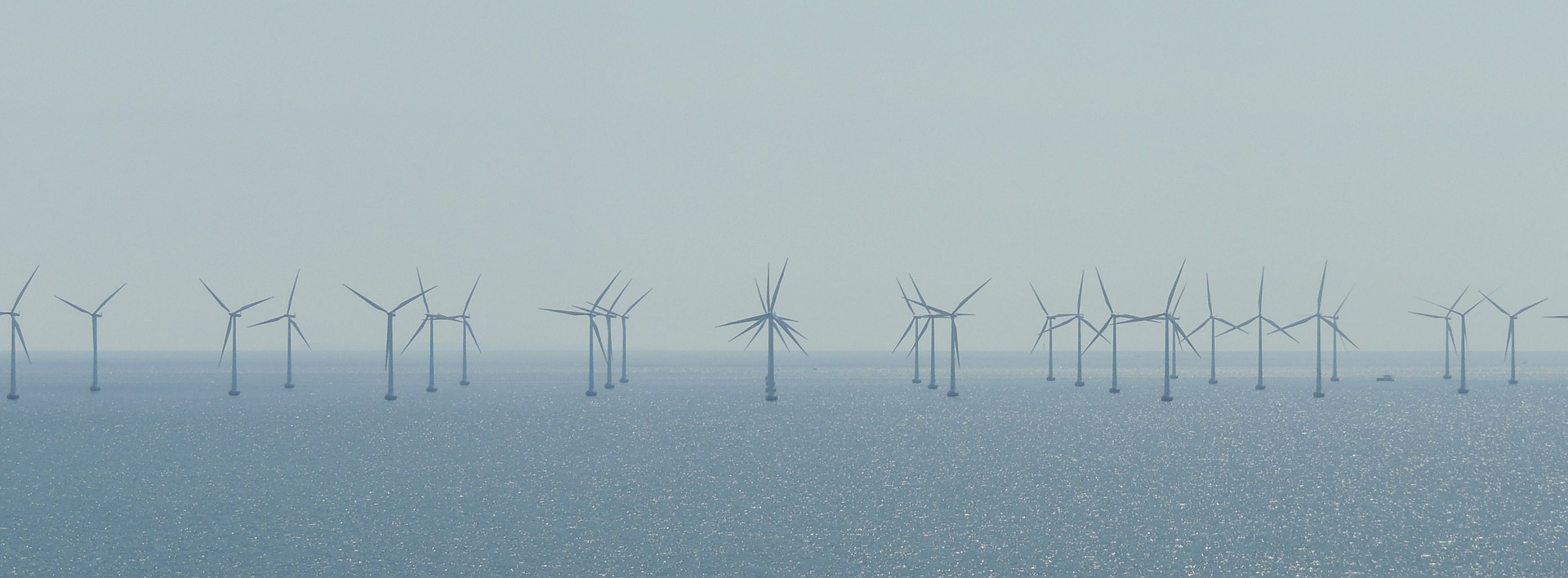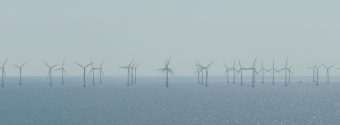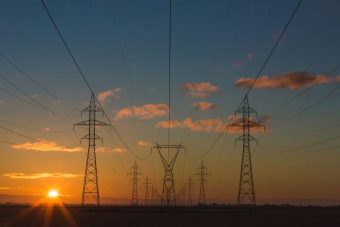
The European Investment Bank Group provided EUR 619 million in new loans, guarantees equity in the Czech Republic in 2016, of which EUR 526 million from the EIB and EUR 93 million from its subsidiary the European Investment Fund (EIF).
The operations included five operations under the European Fund for Strategic Investments, part of the Investment Plan for Europe. Total investments triggered by these five operations alone amounted to nearly EUR 2 billion or 1.06% of the country’s GDP.
“2016 was a successful year for us in the Czech Republic. We managed to increase our financing in the country by a third compared to 2015. Our investments were aimed at reducing disparities in regional development, strengthening economic competitiveness and improving people’s living standards while using innovative financing,” said Vazil Hudák, EIB Vice-President responsible for the Bank’s operations in Central European countries, who presented the results in Prague.
In the strategic infrastructure sector, the EIB lent CZK 3 billion (some EUR 111 million) to the Czech Republic’s Energy Transmission Network Company (ČEPS a.s.) to finance the reinforcement and modernisation of the country’s electricity transmission network. This project supports the implementation of ČEPS’s 2016-2020 investment programme that involves 25 transmission schemes with voltage levels ranging from 110 kV up to 400 kV, including IT and communication systems. The network upgrading measures are geographically dispersed throughout the country.
The EIB also signed five intermediated loan contracts amounting to EUR 392.5 million with Czech financing institutions. These intermediaries – Česká spořitelna, a.s., ČSOB, a.s., ČSOB Leasing, a.s., Komerční banka, a.s. and SG Equipment Finance, a.s. – are using the EIB funds to finance projects carried out by SMEs, midcap companies and municipalities in the fields of local infrastructure, environmental protection, energy, R&D, innovation and services, including tourism. Two of the financial intermediaries, Komerční banka, a.s. and SG Equipment Finance, a.s., are using the EIB funds to increase youth employment by partly targeting firms that hire or train young people.
The EIF committed EUR 93 million in two equity, four guarantee and three microfinance operations, catalysing 636 million in new investments.
Source: eib.org



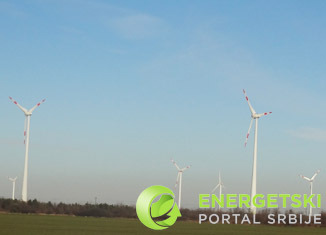

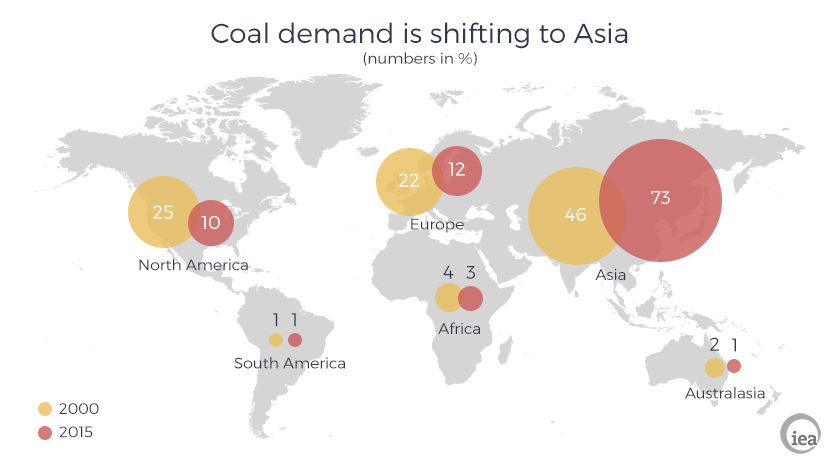


 The EBRD’s latest nuclear safety fund is making progress. Framework agreements have been signed with the Kyrgyz Republic and Tajikistan which will provide the legal basis for implementation of projects in these countries.
The EBRD’s latest nuclear safety fund is making progress. Framework agreements have been signed with the Kyrgyz Republic and Tajikistan which will provide the legal basis for implementation of projects in these countries.
 The EBRD is a leading institutional investor in Georgia. Since the start of its operations in the country, the Bank has invested over €2.73 billion in 195 projects in the financial, corporate, infrastructure and energy sectors, with 91 per cent of those investments in the private sector.
The EBRD is a leading institutional investor in Georgia. Since the start of its operations in the country, the Bank has invested over €2.73 billion in 195 projects in the financial, corporate, infrastructure and energy sectors, with 91 per cent of those investments in the private sector.


 For this year’s World Environment Day, millions of people around the globe will answer the call to ‘connect with nature,’ celebrating the day by going to a park or heading to the beach and taking forward the call to protect the Earth that we share.
For this year’s World Environment Day, millions of people around the globe will answer the call to ‘connect with nature,’ celebrating the day by going to a park or heading to the beach and taking forward the call to protect the Earth that we share.



